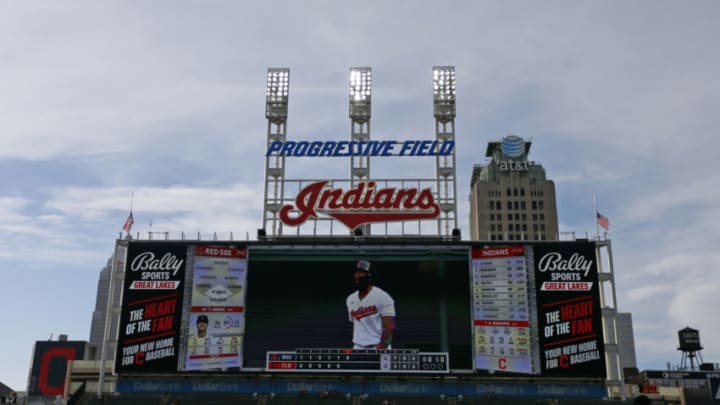
The Bullpen
The relief corps for this 2021 Indians team definitely had its work cut out for them, and it wasn’t always a pretty sight, but when it came to picking who could fill the bullpen it didn’t shake my faith in some of the arms currently on the roster.
The pool of bullpen hands for Cleveland since 2016 was not great for wanting to construct a roster to pitch in 2021. There was a lot of age in the pool, including the likes of Andrew Miller and Joe Smith who were excellent in their time with the Indians, but have trailed off in recent years.
Ultimately, there was only one player not on the roster that I reached for to put together a bullpen, and yes, it’s only five pitchers, but over the course of a season the amount of transactions made would add arms as the season went on.
Adam Cimber has quietly been one of the most consistent relievers in the game since Cleveland traded him to Miami, and he’s still a cheaper option for the bullpen. Also, say what you will about Karinchak and his apparent inability to throw a baseball after MLB banned sticky substances, he still has the potential to be a rock star setup pitcher for Emmanuel Clase. Nick Sandlin would have the most questions on this roster entering 2021, but he had an excellent spring and earned a chance on the non-fantasy roster by May 1st.
Nick Wittgren ended up having a down 2021, but we wouldn’t have known that entering the season. The combination of his age and his recent history were enough to overlook a $2M price tag, but he’s one of the most fit options among the pool of players available to choose from.
Considering Bryan Shaw’s age and a significant number of former Indians bullpen arms not actually having jobs in 2021, this felt like the best possible construction. And remember, we assume the minors are unchanged, so pitchers like Sam Hentges, Logan Allen and J.C. Mejia are available for call ups.
